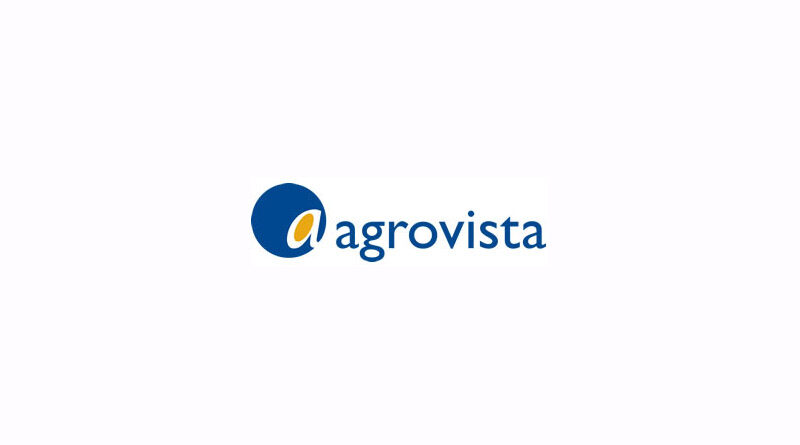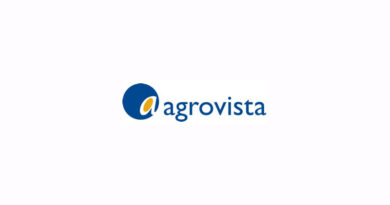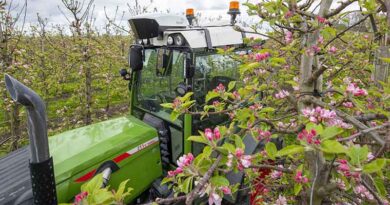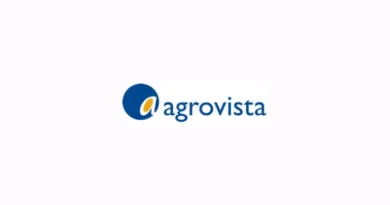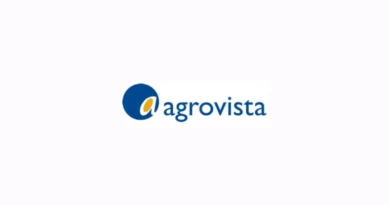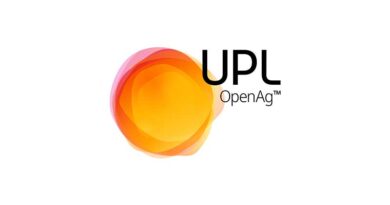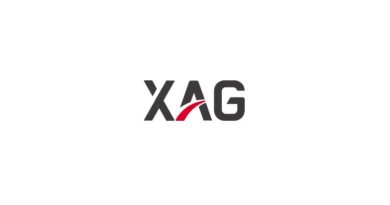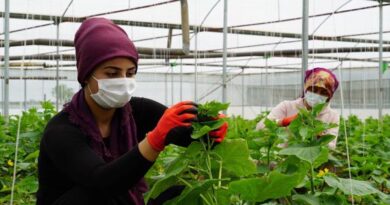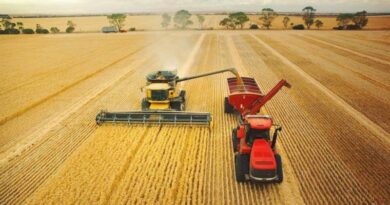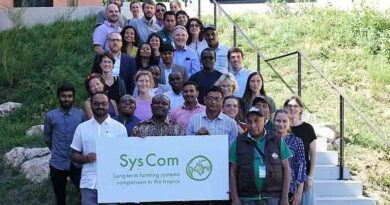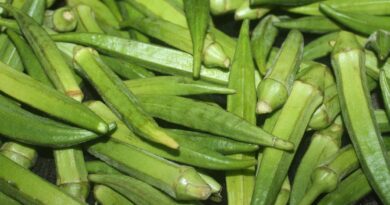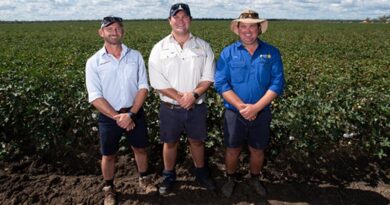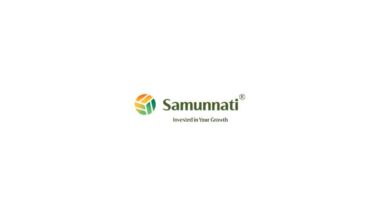Agrovista launches orchard blossom and vigour mapping to boost apple yields and quality
16 February 2022, UK: Two new precision farming techniques designed to improve uniformity of production within apple orchards will be available to growers this season.
A blossom counting service and a vigour mapping service are the first commercial offers of their kind in the UK.
They are designed to deliver more accurate information faster and for less cost than current manual techniques, to help growers make better-informed management decisions to maximise the production of first-class fruit.
Blossom thinning
Accurate blossom thinning is vital to match fruit numbers to leaf area to manipulate fruit loading.
Also Read: 3rd PMFAI SML Annual Agchem Awards; List of winners
However, assessing tree flower numbers to better target ammonium thiosulphate (ATS) applications can be a laborious, labour-intensive process, particularly on more variable orchards.
Agrovista’s new drone service marks a big step forward in data gathering. Flying at 80m above the orchard, the drone can cover about 10ha an hour, measuring blossom density on the trees at more than 90% accuracy.
This information is then processed to produce blossom density maps of the orchard. These can be supplied at zone level or as a higher resolution version at that identifies individual trees.
Maps are then ground-truthed by agronomist and grower, for example taking account of historical records and experience, current weather and planned timings.
“The resulting information really helps to guide management decisions, pinpointing areas that need treating and those that don’t,” says Agrovista fruit agronomist Tom Johnson.
“Growers can more accurately match ATS applications to need, producing a more uniform fruit set and more consistent quality and yield.”
Variable applications
Zone maps can be utilised with conventional current spray machinery, with the operator manually switching on/off or varying volumes. But the technology comes into its own using variable rate technology.
“Zonal application kits can be retrofitted to most sprayers for a few thousand pounds,” says Agrovista Precision manager Graeme Barrett. “This will provide auto shutoff as well as variable rate applications – all the operator has to do is drive up and down the rows.”
Tree-by-tree applications offer the most accurate use of the sensing data, but require RTK accuracy. “This is more expensive to set up and requires a sprayer that can change flow rate and pressure quickly,” he adds.
“However, as services such as these are taken up more widely, variable rate applications will become increasingly cost effective.”
Vigour mapping
Excessive shoot growth can adversely affect flowering potential and quality so must be effectively controlled to balance vegetative growth and fruit bud set.
“PGRs may be required on vigorous varieties such as Bramley, or where areas have been frosted and you want to control the growth,” says Mr Johnson.
Agrovista’s new vigour mapping service measures crop height, vegetation index and vigour using a drone, offering rapid identification of areas that require attention. Flights commence as soon as extension growth is visible, around the end of June.
Sensing is primarily aimed at PGR applications, but the data can be utilised to determine variable rate nitrogen applications the following spring, to reduce or increase vigour as required.
“Applying variable rate fertiliser might be more straightforward as there is a cross-over from arable operations where the technology is more advanced,” says Mr Barrett. “And growers get two uses from one year’s costs.”
Mr Johnson says vigour can vary widely across orchards, depending on factors such as soil type, nutrition, and water availability.
“Mapping vigour can help pinpoint poorer areas as well. Using this in conjunction with Agrovista’s Soil Health service can help identify problems and potential solutions.”
Fruit load assessments
Agrovista is also testing pre-harvest fruit loading to obtain a more accurate estimation of yield and to aid selective harvesting.
The system uses cameras mounted on an ATV, which travels up to 10kph, zoning orchards in to high, medium and low yielding areas.
“We will run a limited commercial service this coming season to assess interest,” says Mr Barrett. “It could be a very useful tool, particularly for marketing desks to help with their harvest planning.”
Case study – Wisbech Contract Farming
Cambridgeshire-based top fruit grower John Portass hosted some of Agrovista Precision’s development work last season and is impressed by what he has seen.
“I think there is massive potential for this type of technology, particularly in conjunction with modern orchard systems that lend themselves to this type of image sensing,” he says.
“Precision farming technology is still in its infancy in the fruit sector, but I can see it playing an increasingly important part in our decision making.”
Mr Portass is managing director of Wisbech Contract Farming, an innovative family-run fruit business with 100ha of apple and pear orchards.
In recent years he has been fine tuning management to maximise the percentage of top-quality fruit to meet the demands of leading retailers.
2D planting
Target yield for his 50ha of Gala is 60t/ha, mostly grown on post and wire system. Three years ago he took things a step further and planted 7ha of Gala on a 2D narrow fruiting wall system, with a target yield of 80t/ha.
Planted at 1m centres, each tree is no wider than 40-50cm at the bottom and 30-50cm at the top.
“The system uses multi-leader trees with lots of stems and spur wood,” says Mr Portass. “Essentially we are taking shading away, and nothing is hidden.”
The 2D orchards can be mechanically pruned, and Mr Portass also hopes it will eventually enable mechanical harvesting.
This type of planting system also appears ideally suited to drone imaging, which could be particularly useful in developing the farm’s already highly effective blossom thinning programme.
In recent years judicious pruning coupled with carefully targeted ammonium thiosulphate applications have reduced the need for chemical fruitlet thinning and have almost eliminated the need for hand-thinning, halving overall thinning costs.
“We were aiming for one and two fruits per cluster, but as demand for smaller fruits has increased, we are now looking for one to three to achieve an average fruit diameter of 66-67mm,” says Mr Portass.
“Agrovista’s blossom counting service could help us to set up fruit load even more accurately earlier in the season.
“We also know that brix levels and fruit texture can suffer if fruit is grown in bunches. It’s even more important that we achieve good pruning and accurate blossom thinning, together with fruitlet thinning if required, to create the correct leaf to fruit ratio to stop that happening.”
Accurate information
Mr Portass believes modern fruit wall designs will suit precision technology. Their narrow structure is ideal for filming and should provide very accurate information.
“At the moment we are assessing blossom load by walking orchards and assessing a representative sample of trees, perhaps 20-30/ha, which is pretty labour intensive.”
Overall, the trial results were pretty good last season. There was one area of discrepancy, but this was in an old orchard approaching the end of its peak.
“In three to four years maybe 50% of the farm will be under a 2D system or similar,” says Mr Portass. “I think flying a drone on these or similar fruit wall systems could produce very accurate results, which will be much quicker, more accurate and will save money.”
Improving uniformity
The ability to assess tree vigour accurately and quickly could be a very useful tool to fine tune inputs and improve orchard uniformity, Mr Portass believes.
“We don’t use much plant growth regulator these days. Most have been withdrawn for the market and those that are available are not the best in terms of activity.
“We rely more on fertiliser, irrigation and fertigation to manipulate tree vigour, and mapping could really help us manipulate inputs more effectively in the following season.”
Lack of vigour can also be a problem. “We have been doing a lot of work on soils through Agrovista’s Soil Health service. Overlaying various soil maps onto the vigour maps can help you pinpoint any underlying problems, such as soil type, topography, pH, waterlogging or some nutritional cause.”
Mr Portass has been using several products to good effect, including LCF Boost that feeds soil microbes and fungi, Phosphorus Liberator that dissolves locked-up phosphorus and makes it available to plants and Liquid Gyspum, a soil conditioner that improves workability, drainage and root exploration.
“Using vigour mapping and soil mapping has real potential to help us produce more consistent orchards,” he says. “The more information you can extract, the better the plan you can come up with.”
Spraying technology
For now, Mr Portass is happy using the blossom and vigour maps as an aid to manual application, but will consider adopting variable rate spraying technology when the business upgrades its sprayer.
“I think this would benefit blossom thinning in particular. At the moment we would use the drone imagery as a guide, printing it off and using it to manually vary spray volumes.
“But as we use these tools more and more, the potential payback will increase, so there will be more justification for investing in precision application.”

